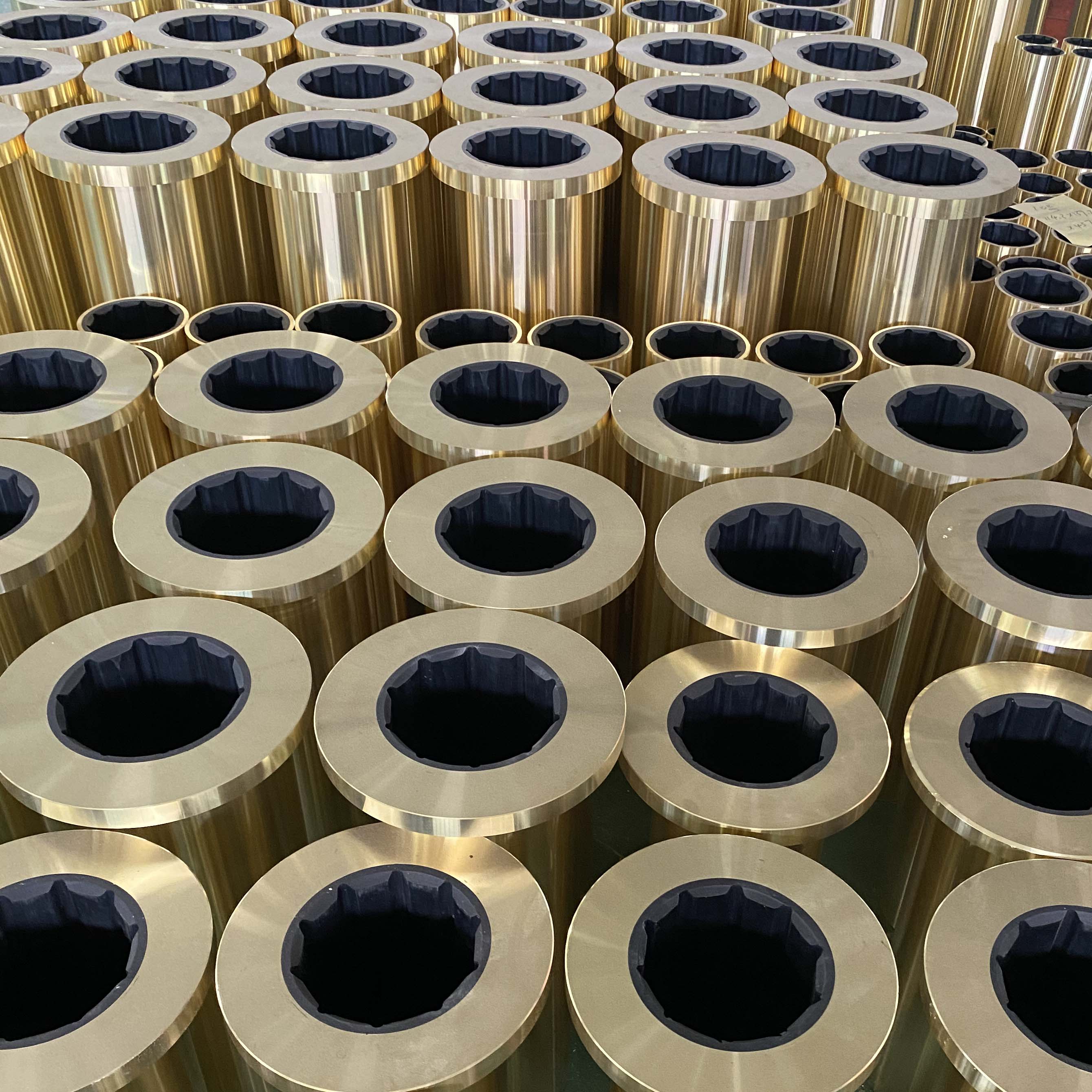lip seal types
Understanding Lip Seal Types A Comprehensive Overview
Lip seals, also known as radial shaft seals, play a crucial role in various mechanical applications by preventing the leakage of fluids and protecting machinery from contaminants. These seals are essential components in automotive, aerospace, and industrial machinery, making an understanding of their types and functions important for engineers and technicians alike.
There are several types of lip seals, each designed for specific applications and environmental conditions
. The most common types include1. Standard Lip Seals These are the most frequently used type and consist of a flexible lip that makes contact with the shaft, creating a seal. They are typically made from materials such as nitrile rubber or polyurethane and are used in a wide range of applications, including automotive engines and pumps.
2. Double-Lip Seals These seals feature two lip edges, which provide an additional barrier against leakage. This design is particularly useful in situations where there is a risk of contaminants entering the mechanism or when retaining lubricants is critical. Double-lip seals are often found in heavy machinery and equipment exposed to harsh operating conditions.
lip seal types

3. Spring-Loaded Lip Seals Incorporating a spring mechanism, these seals maintain consistent contact with the shaft, adjusting to any wear or deformation over time. This design enhances their reliability in dynamic applications where the shaft experiences high speeds and varying loads.
4. Hydraulic Seals Specifically designed for hydraulic systems, these seals can withstand high pressure and harsh fluids. They are often used in hydraulic cylinders and pumps, where maintaining a tight seal is vital for operational efficiency.
5. PTFE Seals Made from polytetrafluoroethylene, these seals are resistant to a wide range of chemicals and temperatures, making them ideal for extreme environments. PTFE seals are commonly used in industries such as pharmaceuticals and food processing, where cleanliness and chemical resistance are paramount.
Each type of lip seal offers unique advantages and is suited for different applications. When selecting a lip seal, factors such as the temperature range, fluid compatibility, and operational conditions must be taken into account to ensure optimal performance and longevity.
In conclusion, understanding the various lip seal types is essential for achieving effective sealing solutions in machinery and equipment. By selecting the appropriate seal for specific requirements, engineers can enhance reliability, prevent leaks, and extend the lifespan of their systems.
-
The Ultimate Guide to Car Repair Kits: Tools and Essentials Every Driver Should Own
News Aug.01,2025
-
The Complete Guide to Oil Pan Gaskets: Sealing Engine Leaks the Right Way
News Aug.01,2025
-
Preventing Oil Leaks: A Complete Guide to Oil Pan Gaskets and Drain Seals
News Aug.01,2025
-
Everything You Need to Know About Oil Pan Gaskets and Drain Plug Seals
News Aug.01,2025
-
Essential for Car Owners: How to Use a Car Repair Kit to Deal with Minor Breakdown
News Aug.01,2025
-
Comprehensive Guide to Engine Oil Sump Gaskets and Related Seals
News Aug.01,2025
-
The Ultimate Guide to Boat Propeller Bearings and Trailer Wheel Bearings
News Jul.31,2025
Products categories















